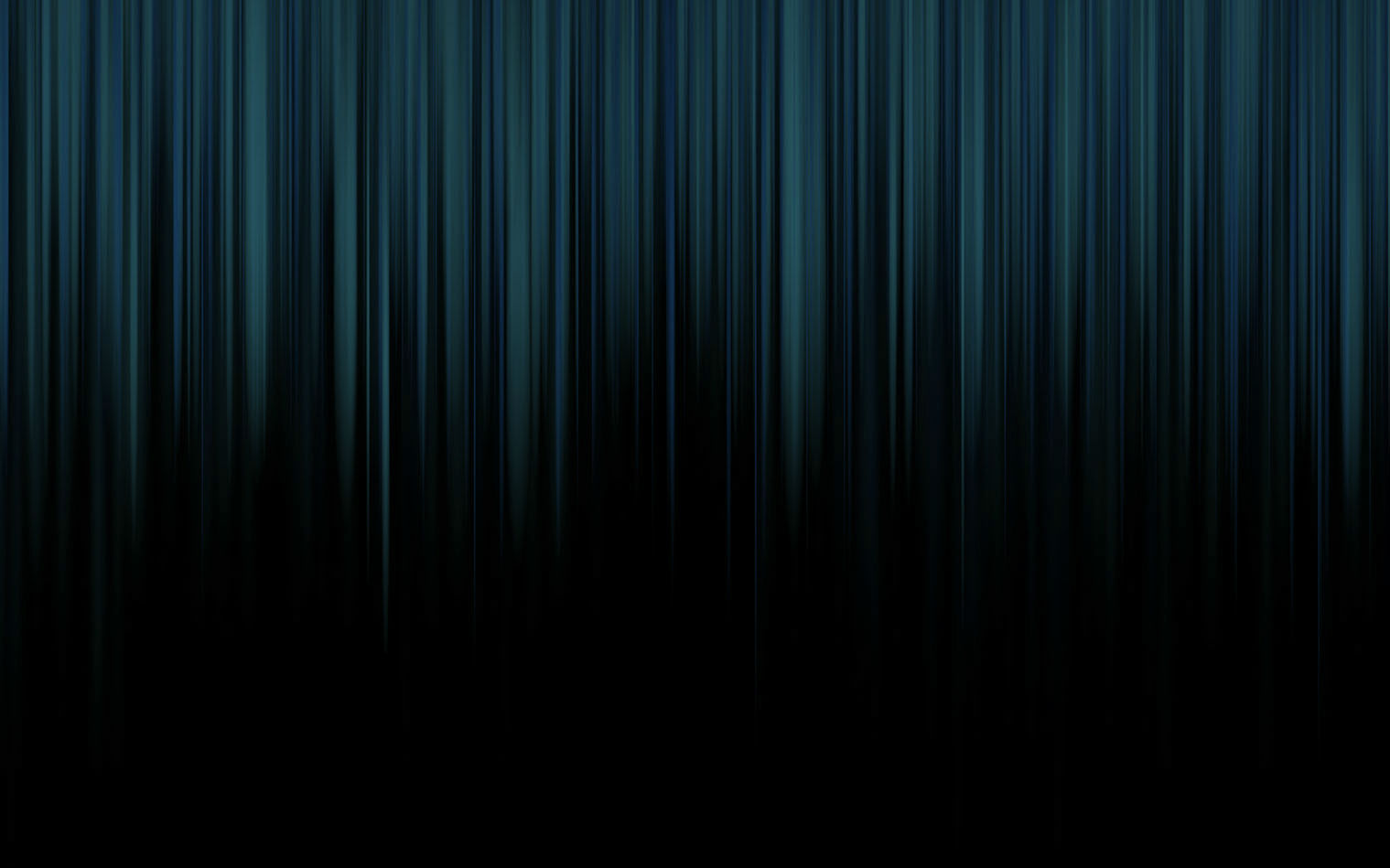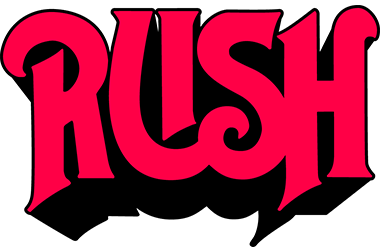RŒSH
CLOCKWORK ANGELS TOŒR PICTŒRES
First Niagra Center - Buffalo, New YorkCLOCKWORK ANGELS TOŒR PICTŒRES
October 26th, 2012
The "Clockwork Angels" Tour spanned from September 7th through December 2nd, 2012 and April 18th through August 4th, 2013
| Tour Dates | --- | Set List | --- | Tour Book |
2012 has been a good year to be a Rush fan.
In June, the revered Canadian progressive rock trio released one of the finest albums of its 35-year career, in the form of the conceptually continuous “Clockwork Angels.”
In recent weeks, the day came that many Rush fans assumed never would – the band made the final list of prospective nominees for the 2013 class of the Rock ’n’ Roll Hall of Fame, after years of being snubbed by the museum’s nomination committee.
And most significantly, for Rush has always been a band best experienced in the concert setting, the “Clockwork Angels” world tour was launched.
That tour stopped by First Niagara Center on Friday, and the faithful turned out in droves, selling out the venue. If the Rush devout were already having a good year, Friday’s show sealed the deal. It was an epic event on every level.
Bassist/vocalist/keyboardist Geddy Lee, guitarist Alex Lifeson and drummer Neil Peart took the stage to the sound of “Subdivisions,” lyricist Peart’s depiction of suburban ennui and teenage alienation, and the crowd achieved liftoff immediately. An air of giddy excitement pervaded for the next three hours, during which Rush engaged the assembled on a profound emotional level and blended peerless rock instrumental virtuosity and Monty Python-esque humor into the bargain along the way.
The two-set gig was smartly crafted and elegantly paced, essentially employing the first set as an opportunity to play some long-neglected deep cuts from the albums “Power Windows” and “Hold Your Fire,” as well as the band’s “Moving Pictures” calling card, “Limelight.”
The powerful pairing of “The Big Money” with “Force Ten” brought those ’80s tunes firmly into the present, and the synth- and sequencer-driven “Grand Designs” was a joy, a clever and intricate marriage of techno and prog-rock that was performed flawlessly. “Limelight” gave Lifeson the opportunity for his first transcendent guitar solo of the evening, and he earned an ovation at its conclusion. He did the same during the hard-driving but also ethereal and beautiful “Analog Kid” with a wholly unique marriage of technique and melody that reminded us just how influential Lifeson has been on the evolution of rock guitar playing over the past four decades.
“Bravado,” a lilting, U2-esque affair, drove home one of Peart’s consistent lyrical themes with its insistence on maintaining grace under pressure and dignity in the face of the suffering that life inevitably brings. “And if love remains,” Lee sang during the song’s coda, “though everything is lost/We will pay the price/But we will not count the cost.” This was one of numerous hair-raising moments. The buoyant and infectious instrumental “Where’s My Thing?” gave Peart the opportunity for the first of the evening’s three solo drum extemporizations, and it was simply ridiculous – a riveting hybrid of confident, unerring groove and dazzling chops.
The first set could have been the whole concert, and Friday still would have been a memorable evening, but Rush was just getting warmed up.
After a 15-minute intermission, the band returned to tackle the dense, challenging and in many ways career-defining “Clockwork Angels” material. The album tells the story of a character’s journey through life amid a seemingly uncaring and pre-scripted universe presided over by an aloof and inscrutable “Watchmaker.” The elements of steampunk that pepper the story were replicated by the stage set, with the inner workings and grinding gears of clocks and watches appearing as repeated motifs across an intricate assembly of tubes and steam-hissing pipes. The combined effect was ominous and elegant. Launching into “Caravan,” the group unveiled its “Clockwork Angels String Ensemble,” an eight-piece string section situated on a riser behind Peart. These musicians are the first to share the stage during a Rush show, for the band has stuck steadfastly over the years to its desire to re-create its richly detailed music solely as a trio. The gambit paid off – throughout the second set, the string ensemble added a melodic and harmonic heft to the material, at times lending a Led Zeppelin-esque density to the muscular Rush attack, and at others underscoring the supple beauty of the music’s construction.
The nine-song “Clockwork Angels” set represented a career high for Rush. It flowed seamlessly, with the midpoint highlight of “Headlong Flight” punctuated by another Peart drum solo and the aforementioned “The Garden” encapsulating Peart’s hard-won philosophy: “The treasure of a life/Is a measure of love and respect/The way you live, the gifts that you give/And the fullness of time is the only return that you expect,” as Lee sang. It was poignant, even when delivered in the potentially distancing environment of a hockey arena.
The crowd greeted the “Clockwork Angels” material with rabid enthusiasm, and as it concluded, the assembled reaped its reward – a smoldering “Manhattan Project” into Peart’s final drum improvisation, and then “Red Sector A” and the ebullient instrumental “YYZ.” The addition of the string ensemble to this material elevated the proceedings as it emphasized color and texture and added harmony.
As the string ensemble left the stage, Lee, Lifeson and Peart tore through an inspired “The Spirit of Radio,” took a bow and departed, only to return for an encore that commenced with “Tom Sawyer” and then edited together a medley of the classic “2112” material, with “Overture/The Temples of Syrinx” moving straight into the piece’s “Grand Finale.”
Epic. Profound. Joyous. Incredible.
The following pictures are courtesy of Christopher C. Weber
















